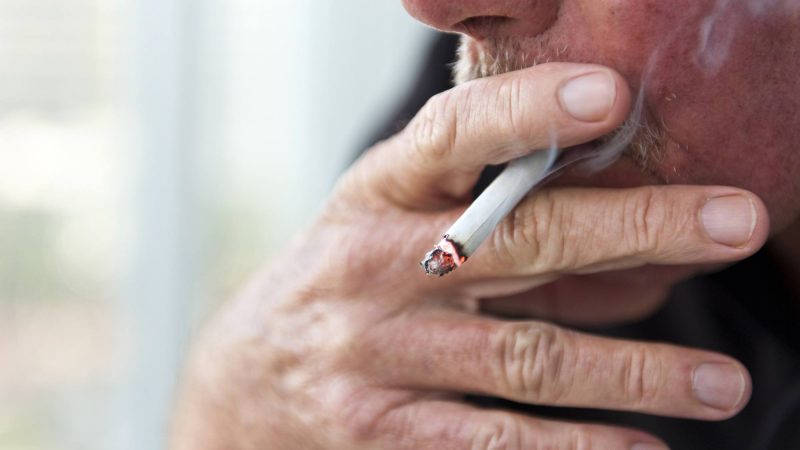Understanding the Impact of Smoking on Cancer Development

Smoking is one of the leading causes of preventable illnesses and deaths worldwide. It’s not just harmful to your lungs but to nearly every part of your body, including your chances of developing cancer. Here, we’ll explore how smoking increases cancer risk, what happens in the body, and why quitting is the best step you can take for your health.
How Does Smoking Cause Cancer?
When you smoke, you inhale more than 7,000 chemicals, many of which are toxic. Among these, over 70 are known to cause cancer. Here’s how they work:
Damaging Your DNA:
Smoking introduces harmful chemicals like benzene, formaldehyde, and arsenic, which can damage the DNA in your cells. This damage disrupts normal cell growth and division, leading to mutations that can cause cancer.
Weakening Your Body’s Defense Mechanisms:
Smoking reduces your immune system’s ability to detect and fight abnormal cells. This makes it easier for cancer to grow unchecked.
Promoting Inflammation:
Long-term smoking leads to chronic inflammation, which can create an environment where cancer thrives.
Types of Cancer Linked to Smoking
Smoking is most commonly associated with lung cancer, but it’s a major risk factor for many other types of cancer, including:
Mouth and Throat Cancer:
Chemicals in tobacco irritate and damage the lining of your mouth, throat, and voice box.
Esophageal Cancer:
Smoking can damage the cells in the esophagus, increasing cancer risk.
Colorectal Cancer:
Research shows that smoking may contribute to the growth of polyps in the colon, some of which can become cancerous.
Breast Cancer:
Although smoking isn’t a direct cause, studies suggest it may increase the risk in some women.
Kidney Cancer:
The toxins in cigarettes are filtered by the kidneys, increasing the risk of renal cancer.
The Benefits of Quitting
The good news is that it’s never too late to quit smoking. Once you stop, your body begins to heal almost immediately:
Within 24 Hours:
Your heart rate and blood pressure start to normalize.
Within a Few Months:
Lung function improves, and your immune system becomes stronger.
Long-Term:
Your risk of developing smoking-related cancers decreases significantly over time. For example, after 10 years of being smoke-free, your lung cancer risk is cut in half compared to a current smoker.
How to Quit Smoking
Quitting smoking is challenging, but it’s possible with the right approach and support. Here are some tips:
Set a Quit Date:
Choose a specific date to stop smoking and prepare for it.
Seek Support:
Talk to friends, family, or join a support group. Professional counseling can also help.
Use Nicotine Replacement Therapy (NRT):
Products like nicotine patches, gums, or lozenges can reduce withdrawal symptoms.
Identify Triggers:
Understand what prompts you to smoke and find healthier ways to cope, such as exercising or meditating.
Celebrate Milestones:
Reward yourself for staying smoke-free, whether it’s one day, one week, or one month.
Final Thoughts
Smoking is a major contributor to cancer, but quitting can dramatically reduce your risk and improve your overall health. Remember, every step you take toward quitting is a step toward a healthier and longer life. If you need help, don’t hesitate to reach out to a healthcare professional for guidance and support.
Your health is worth it. Start today.
